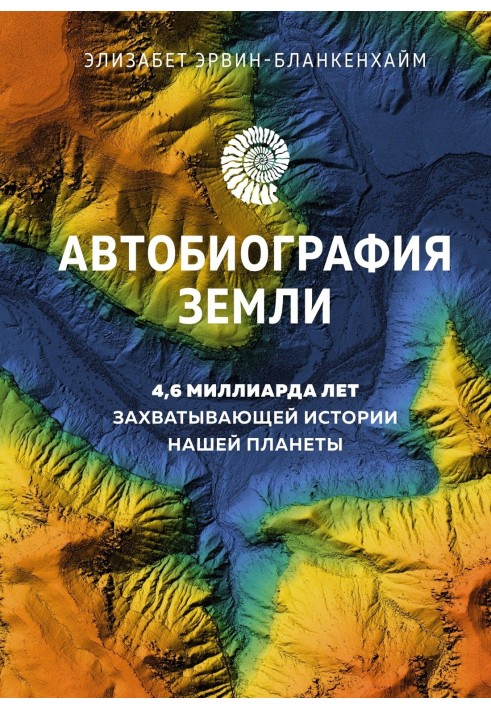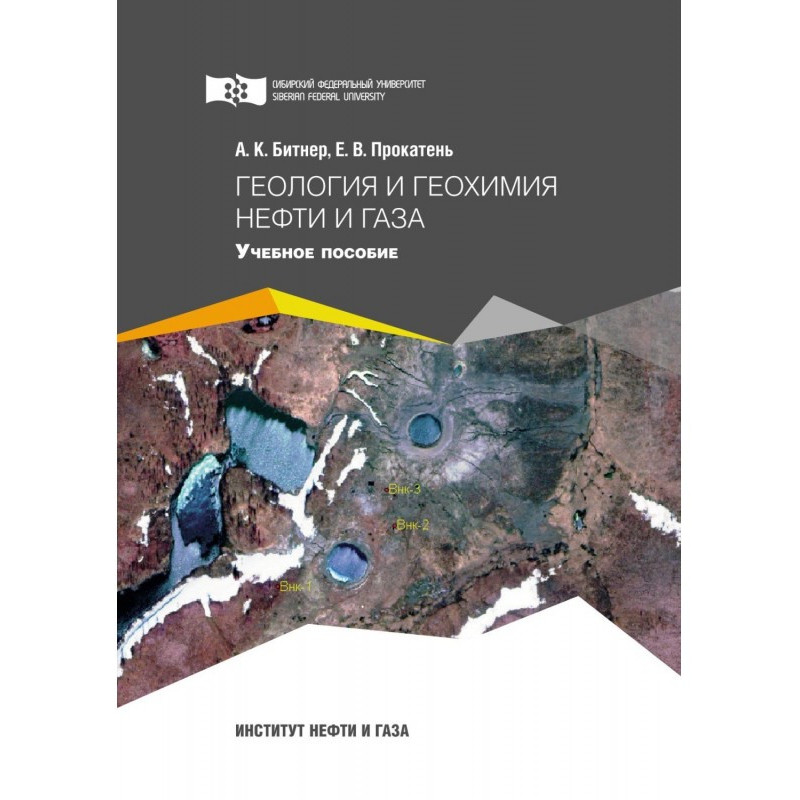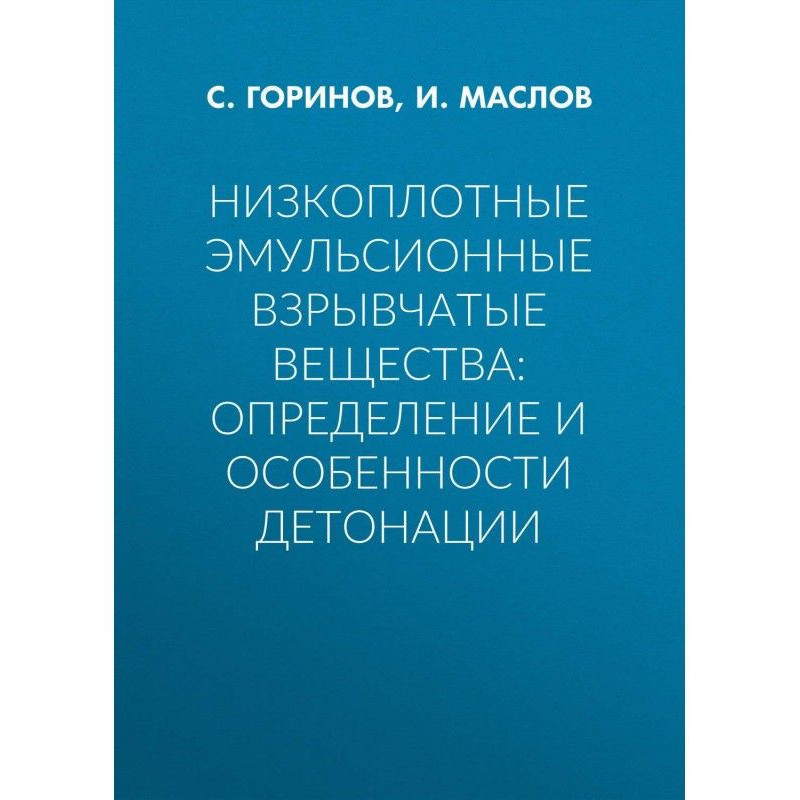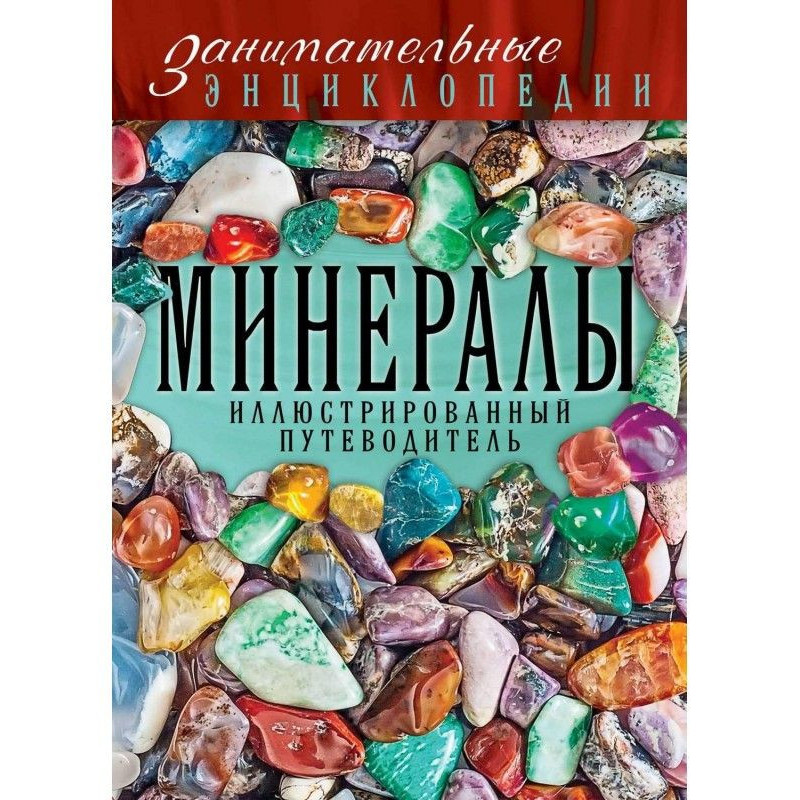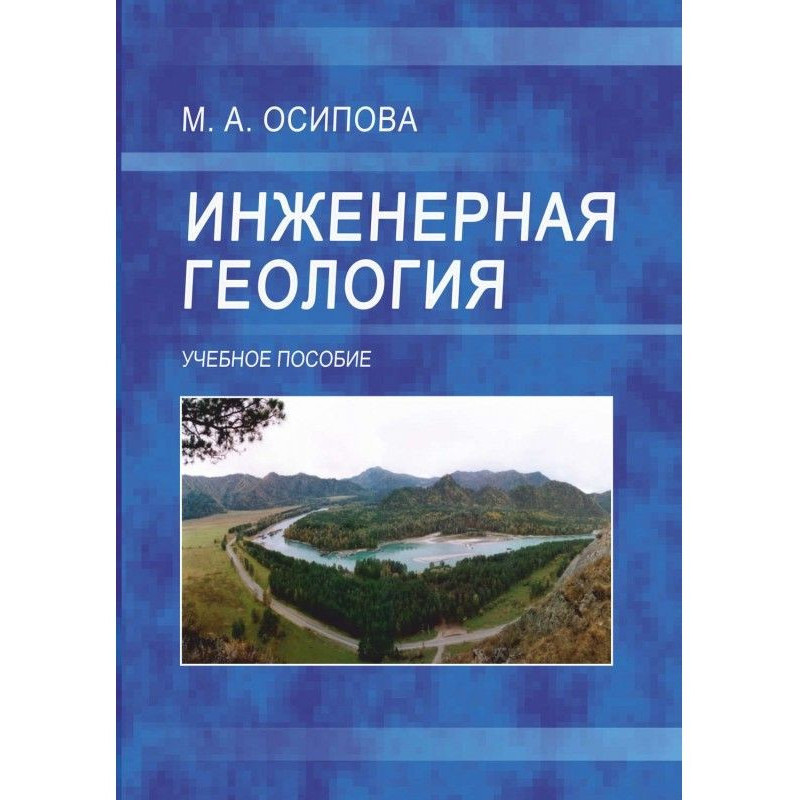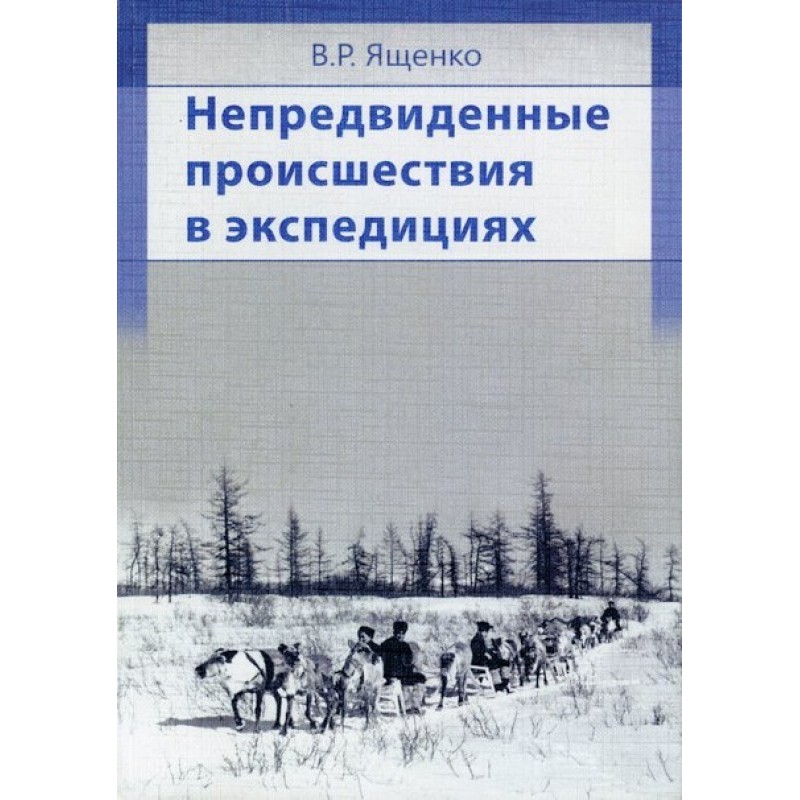Autobiography of the Earth. 4.6 billion years of our planet's fascinating history
 Instant download
Instant download
after payment (24/7)
 Wide range of formats
Wide range of formats
(for all gadgets)
 Full book
Full book
(including for Apple and Android)
Earth study is a separate field of science, although it is related to astronomy, biology, physics and chemistry. Here is a fascinating biography of our planet, which delves into the secrets of the scientific, historical and philosophical symbiosis of humanity and the Earth. Viewing the planet as an integrated ecosystem, Elisabeth Erwin-Blankenheim illustrates how land, water, living organisms and the atmosphere maintain a fine but fragile balance that is now under threat. Captivating and sometimes poetic, the book tells how the Earth influenced living organisms and how living organisms shaped the appearance of our planet. “Hidden in the rocks and history of the Earth are secrets and keys to overcoming current problems in all habitats of living organisms - air, water, terrestrial, which arose as a result of the instability of global cycles due to climate change. Moreover, our world, if not the entire Universe, not only reflects such cycles, but also adapts to them: the Earth rotates, so the sun rises and sets, only to rise again; Volcanic eruptions occur, so the land rises and falls, only to return to the magma and rebuild again. The idea of cyclicality and what might be called astronomical or planetary variability on geological time scales can help us build a new, more rewarding relationship with the planet: perhaps a deeper understanding, respect and care for our shared environment.” (Elisabeth Erwin-Blankenheim)
Data sheet
- Name of the Author
- Элизабет Эрвин-Бланкенхайм
- Language
- Russian
- Translator
- Светлана Михайловна Левензон
Reviews
Вражаюча подорож крізь час і простір!
Книга "Автобіографія Землі" - це неймовірний витвір, який поєднує в собі науку, історію та філософію, пропонуючи читачеві захоплюючу подорож крізь 4,6 мільярда років історії нашої планети. Елізабет Ервін-Бланкенхайм майстерно розкриває таємниці Землі, показуючи, як взаємодіють різні елементи нашої екосистеми. Її стиль написання - це поетичний сплав наукових фактів і особистих роздумів, що робить читання не лише інформативним, а й емоційно насиченим. Книга спонукає задуматися про те, як людство впливає на нашу планету, і як ми можемо змінити своє ставлення до навколишнього середовища. Вона не лише інформує, а й надихає на дії, закликаючи до більш глибокого розуміння та поваги до Землі. Рекомендую цю книгу всім, хто цікавиться природою, екологією та історією нашої планети. Вона стане справжнім джерелом знань і натхнення для кожного читача!

